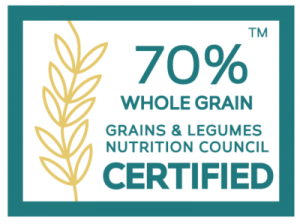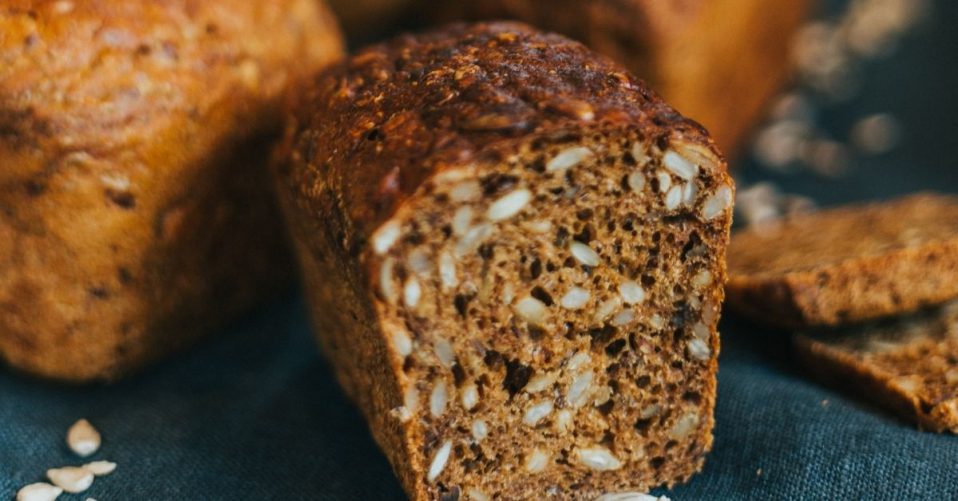By: Michael Crooks
Spotting healthy food in the supermarket is about to become a whole lot easier.
Australia’s Grains & Legumes Nutrition Council (GLNC) has launched an easily identifiable logo which will appear on food that contains whole grain ingredients.
GLNC, which links the entire grain and legume supply chain in Australia, has launched the Whole Grain Certification Logo.
The logo tells consumers that the product is certified to have at least 25 per cent whole grain ingredients.
The logo tells consumers that the product is certified to have at least 25 per cent whole grain ingredients.
Health and healthcare benefits
According to the GLNC, the potential healthcare cost savings of more people consuming whole grain products could be more than $1.4 billion, given whole grains in diets lead to a significant decrease in the risk of coronary heart disease, type-2 diabetes and bowel cancer.
“Whole grains are packed with plant protein, gut-friendly fibre and various vitamins and minerals,” GLNC general manager Dr Sara Grafenauer said.
For parents, the logo will provide peace of mind when it comes to purchasing food for their kids.
“For children, if whole grains like wholemeal bread and breakfast cereals are introduced early in life, there is a greater chance they will be continued and there are significant benefits for health,” said Dr Grafenauer, who is an Accredited Practising Dietitian.
The logo is already in use in Australia by certain brands, including Arnott’s (Vita-Weat), Sanitarium (Weet-Bix), Burgen, Tip Top, BARLEYmax and Bakers Delight.
“At this stage, you will most commonly see the logo on eligible brand websites and in promotions,” Dr Grafenauer said.
“In the US, the whole grain stamp is used on 14,000 products.”

Helping consumers
The logo works in a similar way to the familiar Health Star Rating System, which informs consumers of a product’s nutritional value.
But as Dr Grafenauer points out, the Health Star Rating System does not highlight whole grain products.
“The current algorithm used to assign [stars] doesn’t consider the whole grain content of foods,” she said.
The Health Star Rating System does not highlight whole grain products… “The Whole Grain Certified Logo was developed to help consumers easily identify and choose core whole grain foods,” – GLNC general manager Dr Sara Grafenauer
“The Whole Grain Certified Logo was developed to help consumers easily identify and choose core whole grain foods – the higher the percentage of whole grain, the easier it is to consume the recommended 48 gram daily target, which is three serves.”
And don’t expect to see the logo on snack foods.
“Products may only carry the logo if they are considered core foods such as breads, breakfast cereals, flours, rice, pasta, noodles and crispbreads,” Dr Grafenauer said.
“Foods not listed as core, predominately snack foods, must meet certain nutrient criteria to ensure that only healthier choices are promoted. Some muesli bars, for example could still carry the logo.”
Article supplied with thanks to Hope Media.
Feature image: Photo by Rūta Celma on Unsplash




